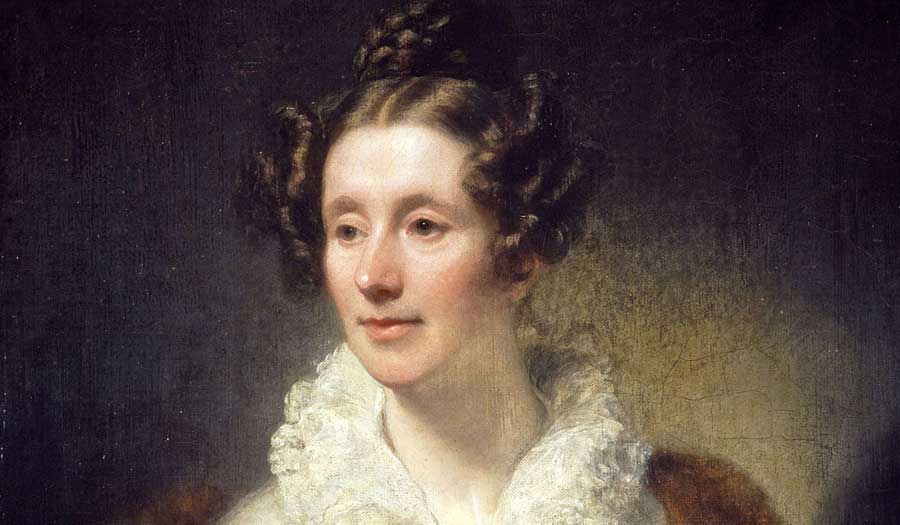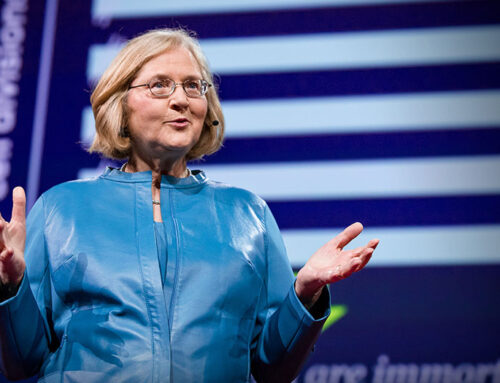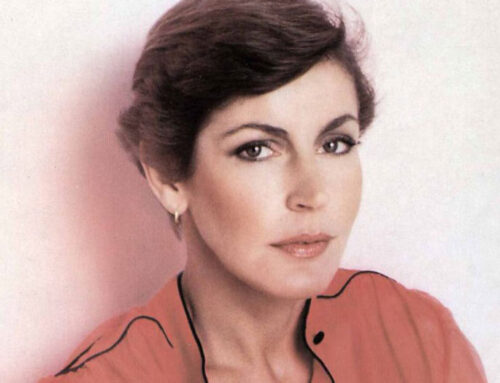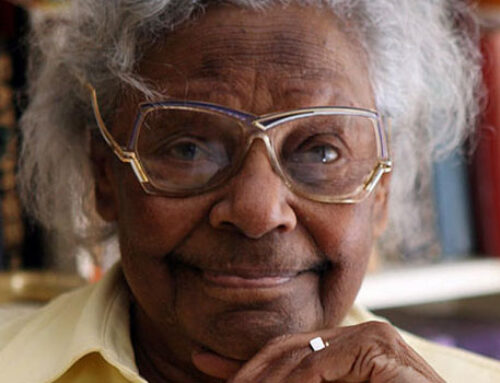Mary Somerville: Pioneer Scientist
Mary Fairfax Somerville was born on 27 December 1780, the daughter of Vice-Admiral Sir William George Fairfax (scion of a distinguished family of Fairfaxes), and was related to several prominent Scottish houses through her mother.
She was informally taught elementary geography and astronomy, but found her education limited compared to what her brother might receive. To supplement this, she was taught Latin by her uncle. She also studied art with Alexander Nasmyth in Edinburgh, who taught her about perspective – inspired, she managed to obtain a copy of Euclid’s Elements of Geometry, and began to teach herself from it.
In 1804 she married her distant cousin, the Russian Consul in London, Captain Samuel Greig. They had two children and lived in London. It was not a happy time for Mary – although she could study more easily, her husband did not think much of women’s capacity to pursue academic interests.
Returning home to Scotland upon her husband’s death in 1807, her inheritance from Greig gave her the freedom to pursue intellectual interests. In 1812 she married Dr William Somerville, inspector of the Army Medical Board, who encouraged and greatly aided her in the study of the physical sciences. They had four children. During her marriage she made the acquaintance of the most eminent scientific men of the time, among whom her talents had attracted attention.
Mary wrote several important science textbooks including On the Connexion of the Physical Sciences (1834), Physical Geography (1848), which was commonly used as a text book until the early 20th century, and Molecular and Microscopic Science (1869).
In 1835, she and astronomer Caroline Herschel became the first women members of the Royal Astronomical Society.
In 1838 she and her husband went to Italy, where she spent much of the rest of her life. In 1868, four years before her death at age 91, she signed John Stuart Mill’s unsuccessful petition for female suffrage.
Somerville College, Oxford, an island in the Arctic, an asteroid and a crater on the moon are named after her.




